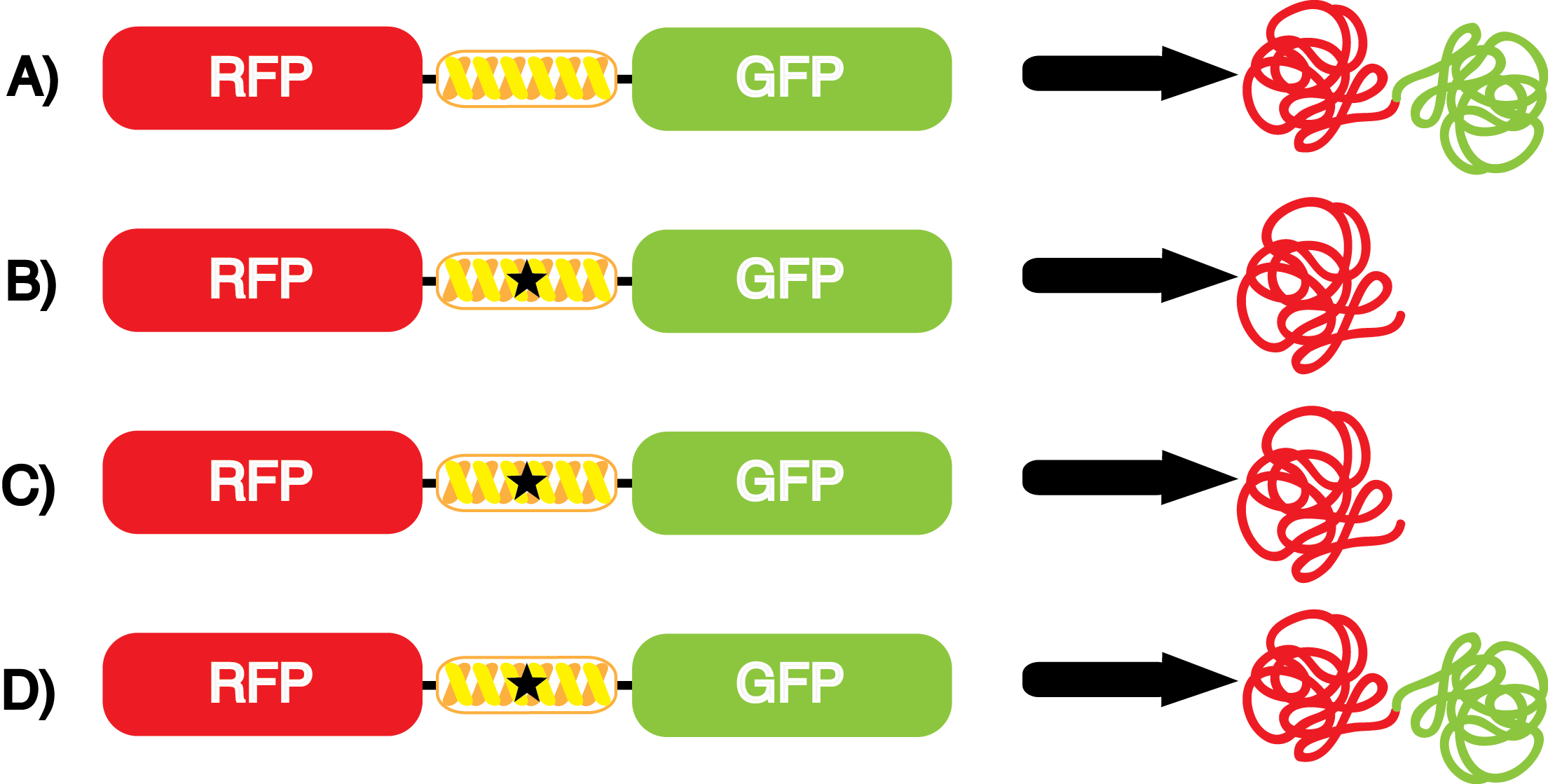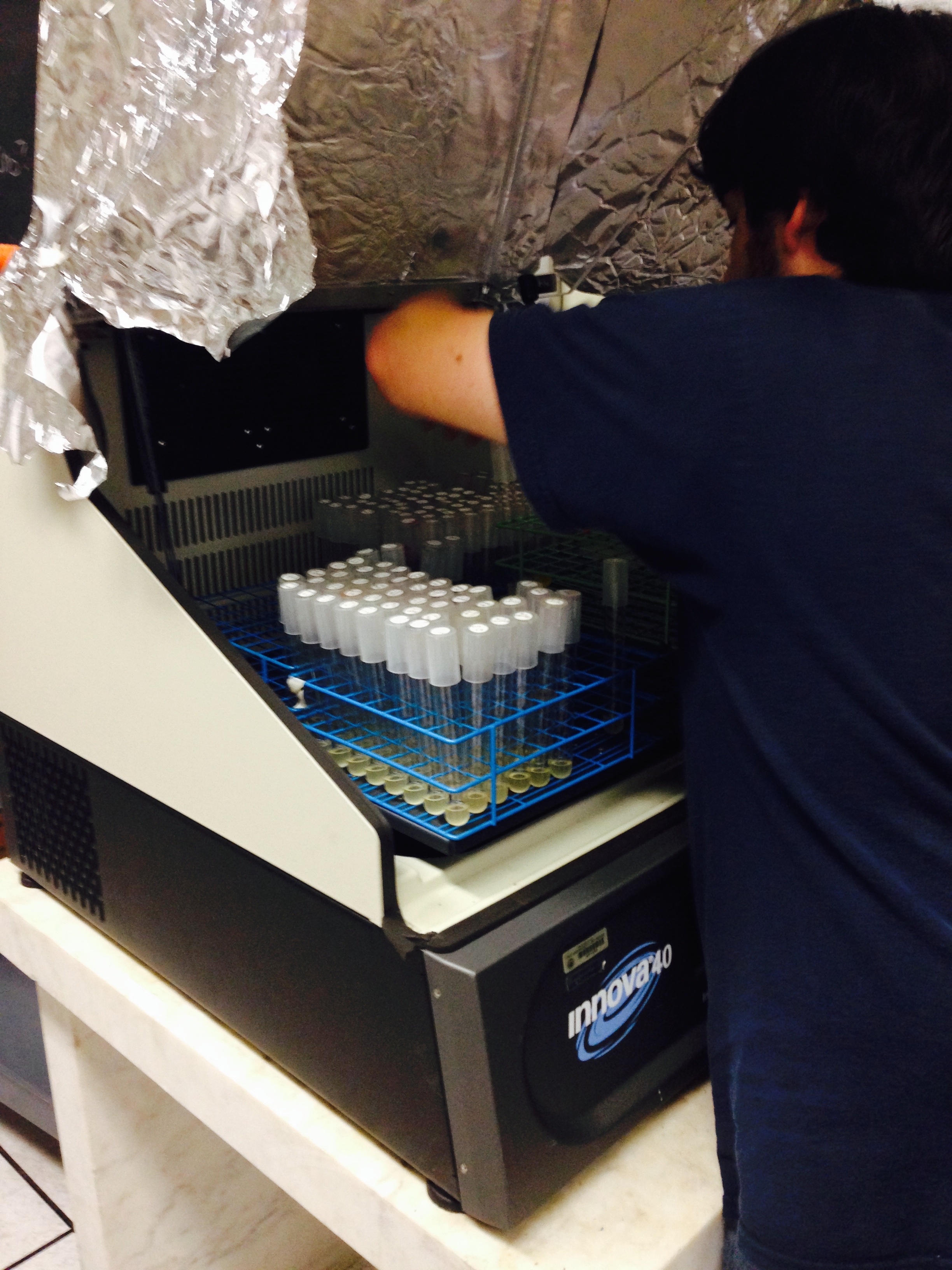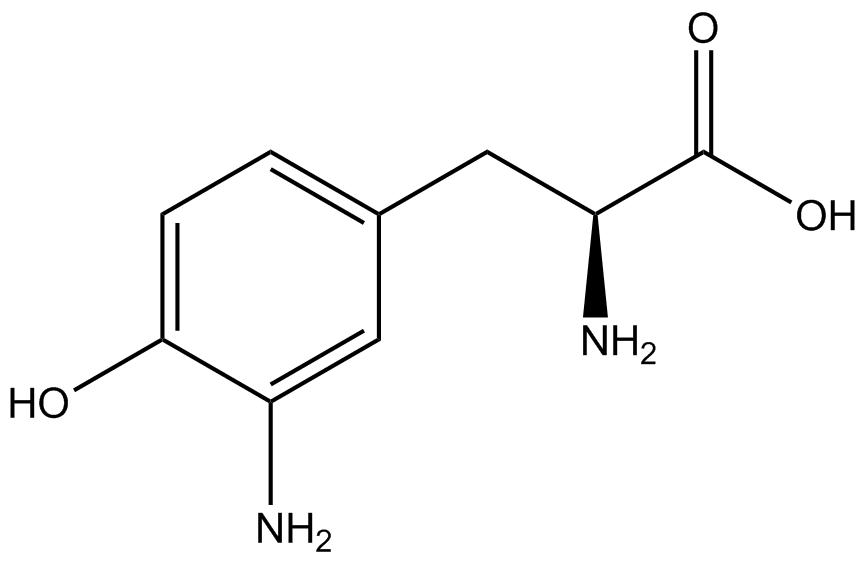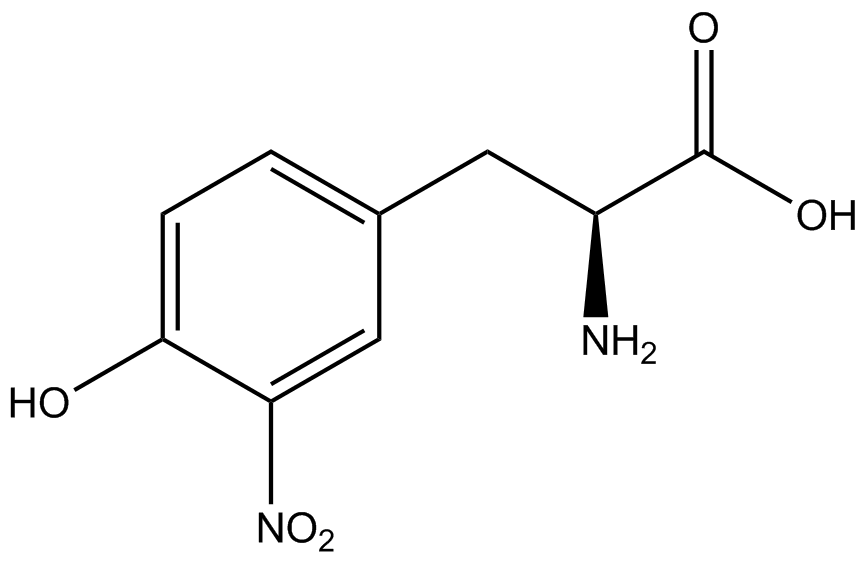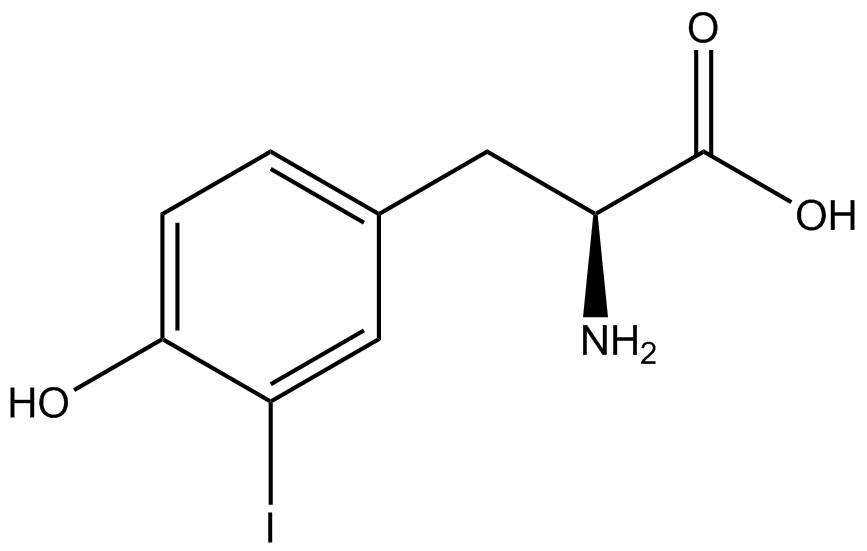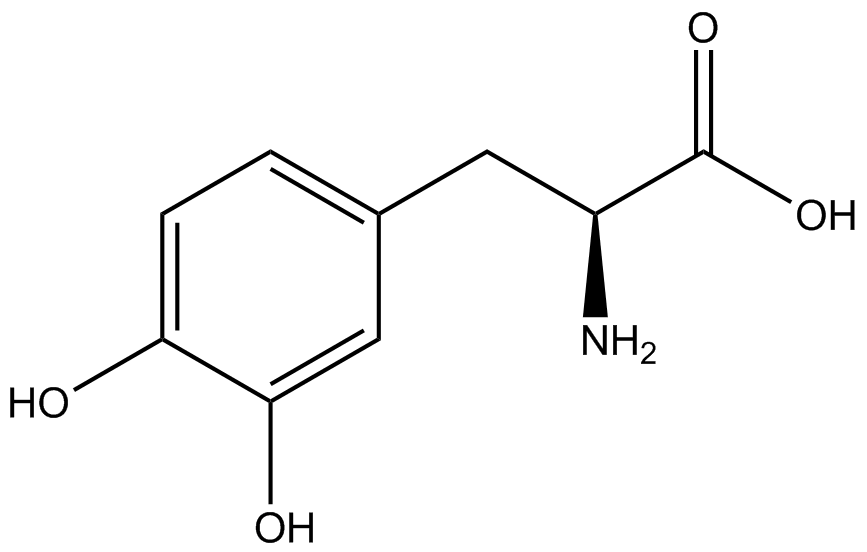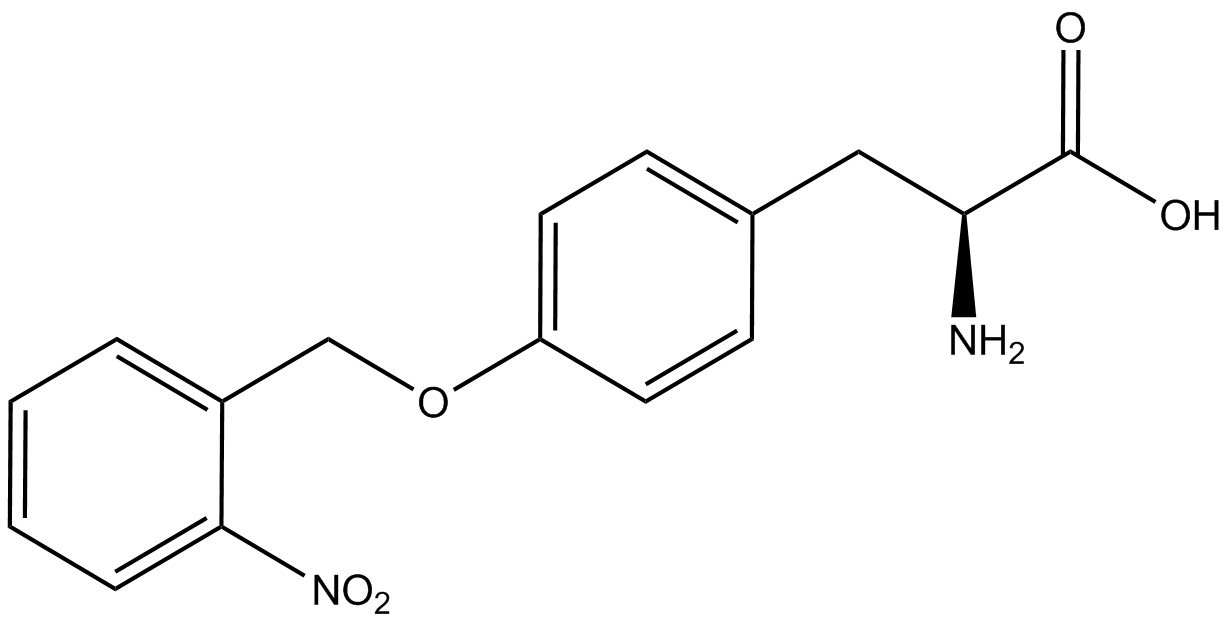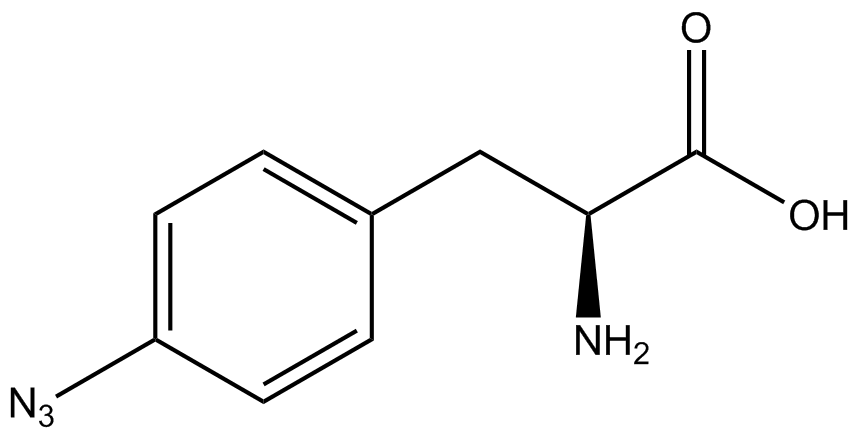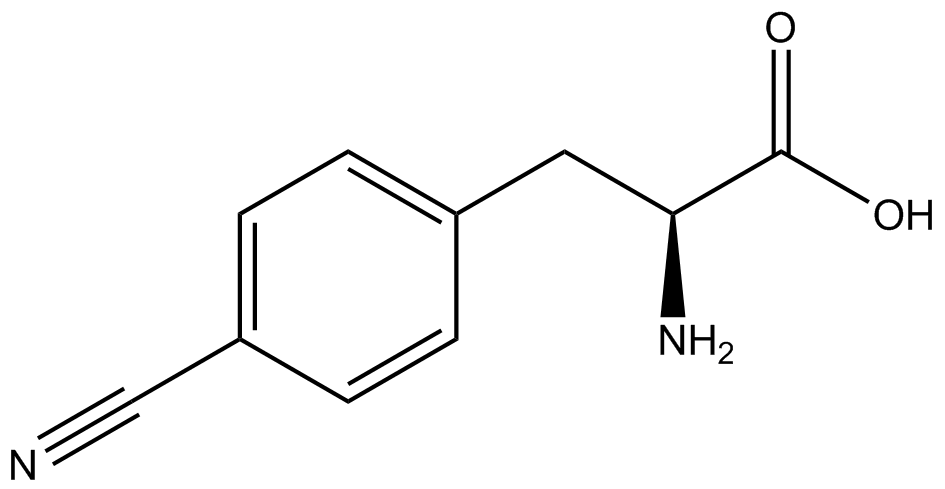Team:Austin Texas/kit
From 2014.igem.org
(→Discussion) |
(→Discussion) |
||
| Line 211: | Line 211: | ||
=Discussion= | =Discussion= | ||
| + | '''What's your most important result?''' DISCUSS THAT FINDING FIRST. | ||
| - | |||
| + | Are these three paragraphs discussing the results/significance of the results? Yes, we want to talk about possible sources of error, but we don't need three paragraphs for that. We want to talk about what our results mean in a larger context: Does the kit work? Can it be easily improved on? What does our kit do for other labs? For the field of ncAAs? Is the kit definitive by itself? Were there limitations? What might influence good/bad results? Can we unequivocally argue that dopa/3-amino and other ncAA synthetases are worthless? | ||
| + | |||
| + | What about the gold medal questions: | ||
| + | '''Demonstrate a substantial improvement over the state of the art in cost, efficiency, precision, resolution, and/or other relevant capabilities of your measurement technique.''' | ||
| + | ''' | ||
| + | '''Increase the ease of accessibility and portability of methods to other laboratories of a new measurement technique of your choosing.''' | ||
| + | |||
| + | |||
| + | Due to the nature of the ncAA Kit Test, <i>in vivo</i> influences will affect certain data and results. This knowledge is very useful by providing a broader and biological perspective of <i>in vivo</i> perspective of cellular health. | ||
In general, the presence of ncAAs slowed the growth of amberless ''E. coli''. Among the library of tested non-cannonicals, ONBY and 3-iodotyrosine slowed growth the most, especially ONBY. For consistency, cultures grown with ONBY required nearly twice the amount of time before reaching the appropriate OD 600 for measurement. Despite these inhibitions, the ONBY synthetase/tRNA pair proved to be one of the most efficient pairs tested. | In general, the presence of ncAAs slowed the growth of amberless ''E. coli''. Among the library of tested non-cannonicals, ONBY and 3-iodotyrosine slowed growth the most, especially ONBY. For consistency, cultures grown with ONBY required nearly twice the amount of time before reaching the appropriate OD 600 for measurement. Despite these inhibitions, the ONBY synthetase/tRNA pair proved to be one of the most efficient pairs tested. | ||
Revision as of 22:38, 16 October 2014
| ||||||||||||||||||||||||||||||||||||||||||||||||||||||||||||||||||||||||||||||||||||||||||||
 "
"


